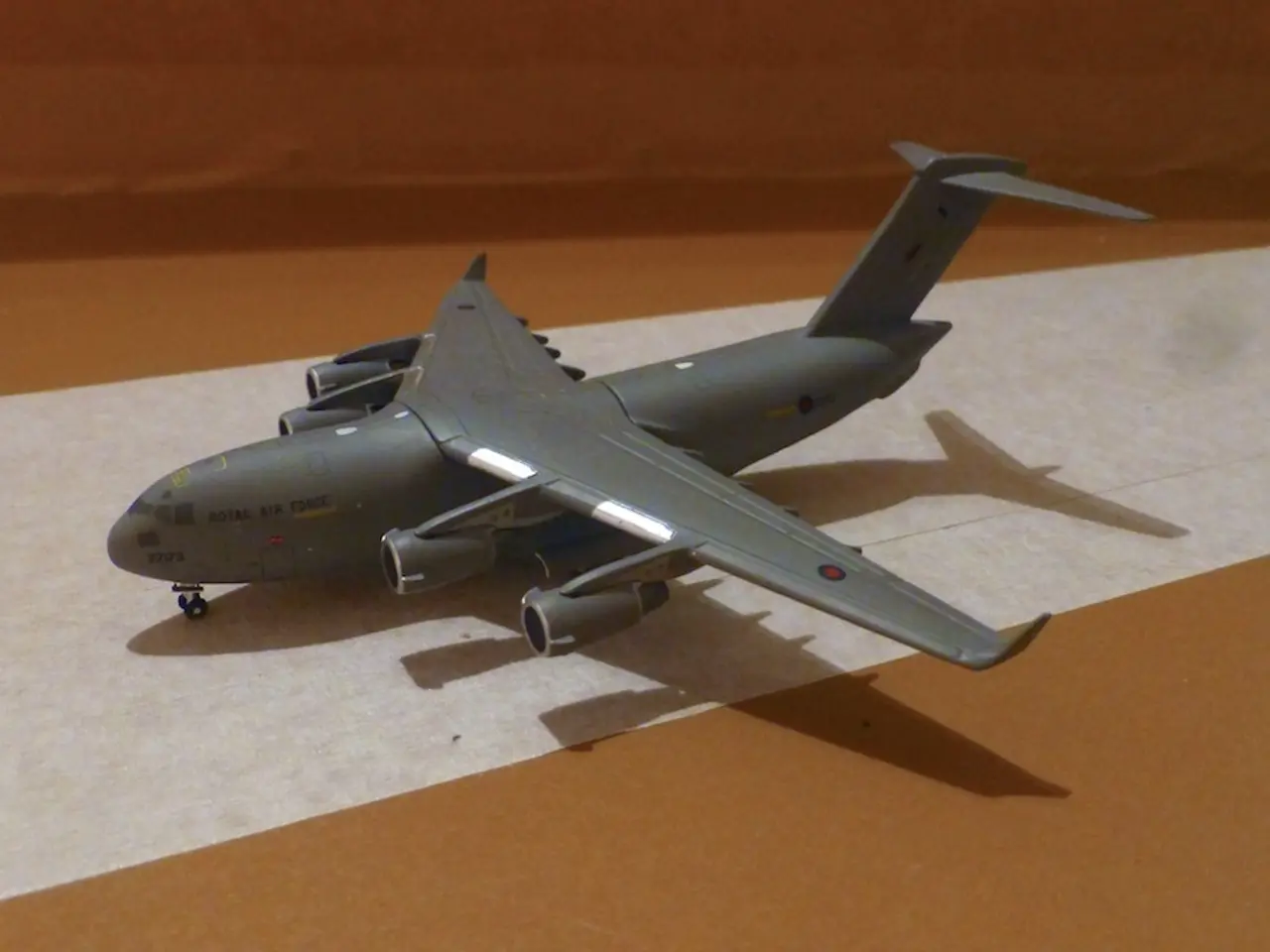Aerial Hazard: Bane of Air Navigators
In the realm of aviation, one weather phenomenon poses a significant threat to safe landings: microbursts. These powerful downbursts of strong, downward wind can cause sudden and immense damage.
Microbursts are associated with thunderstorms and can be categorised as wet or dry. Wet microbursts, which are easier to detect due to the presence of rain, are contrasted by their dry counterparts that evaporate before reaching the ground, making them more challenging to spot.
The most violent wind shear associated with microbursts is a mere few feet thick, but its impact can be devastating. A shift of up to 90 degrees in wind direction within this shear can lead to chaotic conditions. The wind speed in such instances can reach an impressive 80 knots.
To combat this risk, pilots employ a multi-faceted approach.
Firstly, modern aircraft are equipped with advanced wind shear detection systems. These systems, which use radar, LIDAR, and sensors, measure both vertical and horizontal wind speeds, providing real-time aural and visual warnings about approaching or encountered wind shear conditions. However, not all airports have sufficient ground-based wind shear detection capability, increasing the risk.
Secondly, pilots meticulously review weather reports and forecasts. They look for indicators such as wind shear, gusty and shifting winds, and thunderstorm or cumulonimbus activity, which suggest a high likelihood of microbursts or wind shear. Low-level wind shear advisories are also closely monitored.
Visual cues are another crucial factor. Pilots watch for signs like virga (rain evaporating before reaching the ground), blowing dust or debris, ring-shaped rain curtains around thunderstorms, and proximity to mature thunderstorm cells. These signs can signal microburst formation.
In the event of anticipated or encountered wind shear during landing, pilots typically increase their approach speed by up to 15 knots to maintain a greater stall margin. If wind shear is detected during landing, a go-around with maximum thrust is advised, maintaining the landing gear and flap settings until clear of shear conditions. Constant vigilance on airspeed and flight path is essential.
If microburst or wind shear conditions are suspected or confirmed near the runway, delaying the approach, entering a holding pattern, or diverting may be the safest option. Real-time alerts from air traffic control and detection systems should always be followed.
In summary, a combination of onboard wind shear detection technology, thorough meteorological briefing, visual awareness, and strict adherence to wind shear escape procedures enables pilots to detect and avoid microbursts and other hazardous wind shear phenomena during landings.
Science and technology play a crucial role in addressing the challenge of microbursts in aviation. Modern aircraft are equipped with advanced wind shear detection systems that use radar, LIDAR, and sensors to measure wind speeds and provide real-time warnings, while some airports have ground-based wind shear detection capabilities to further mitigate the risks. On the other hand, technology in sports is evolving rapidly, with innovations like wearable devices and AI coaching aiding athletes in improving their performance, training efficiency, and reducing the risk of injuries.




